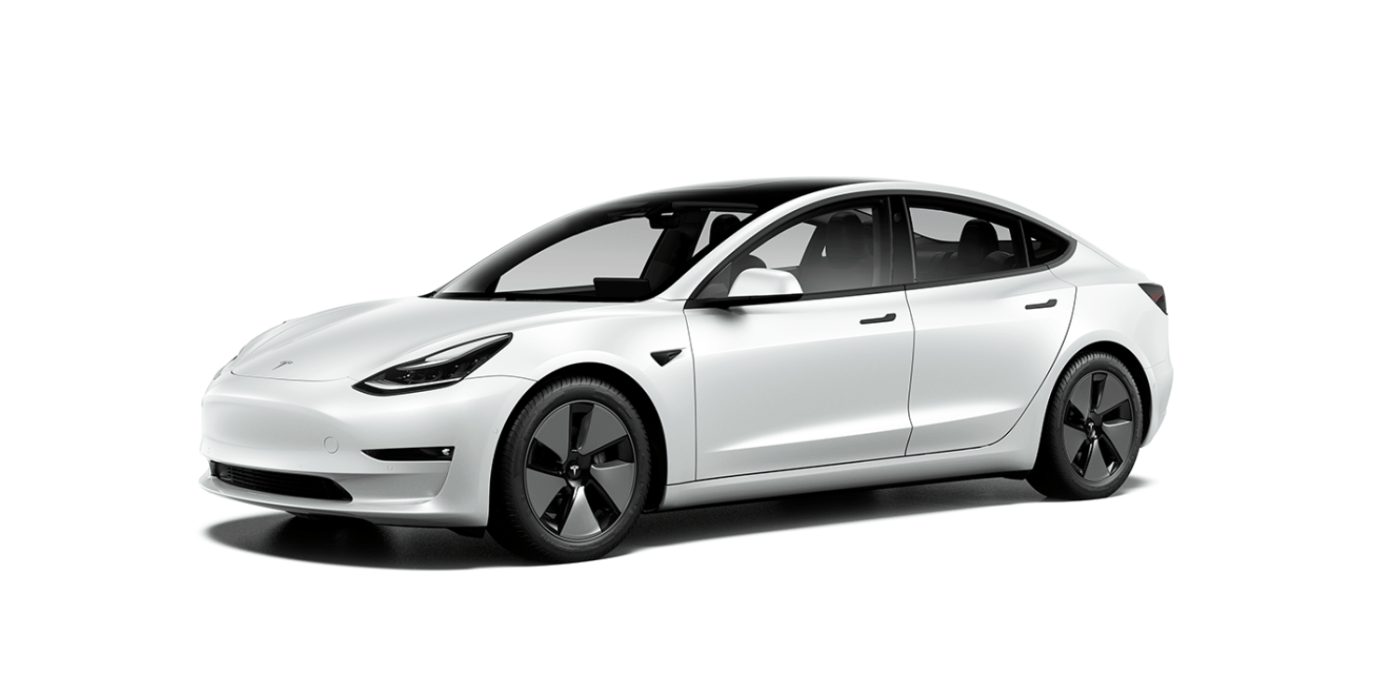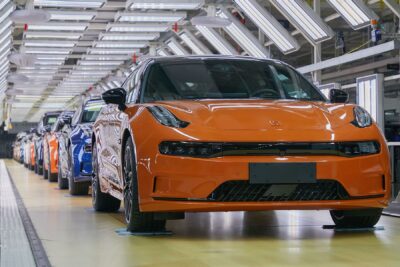Tesla’s LFP cells don’t hold up well in the cold
The first Tesla Model 3 Standard Range Plus (SR+) from China has now arrived in Europe. But the new battery with LFP cells shows weaknesses in the current low temperatures according to first reports in Chinese media.
In China, the Model 3 SR+ with LFP cells has been available to customers since October. On the Chinese car news website d1ev, the first experiences being made by new buyers show that the range of the model is considerably limited in the current cold temperatures and that in some cases the battery cannot be charged to 100 per cent. The car website attributes the problems to the fact that the LFP project was hastily launched in twelve months, “some tests were dispensed with,” it says. As the first Model 3 SR+ with LFP cells are now arriving in Europe, experience from these areas should soon be available.
On 1 October, Tesla reduced the base price of Model 3 in China by eight per cent due to the use of CATL’s new, cheaper LFP battery cells. According to the configurator on Tesla’s Chinese homepage, the range of the Model 3 SR+ simultaneously increased to 468 kilometres, albeit in China’s usual NEDC.
The lithium iron phosphate batteries have the advantage that they are significantly cheaper and more robust than lithium-ion cells with NCM or NCA cathode. Although they are somewhat heavier for the same capacity, their energy density is now sufficient for Tesla to equip the smaller models with the cheaper cells. Before October, the vast majority of the Model 3 NMC cells built in Shanghai were fitted with LG Chem cells, while Panasonic cells were used for the rest.





1 Comment